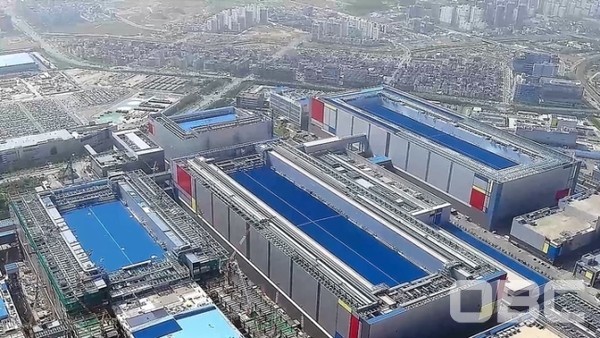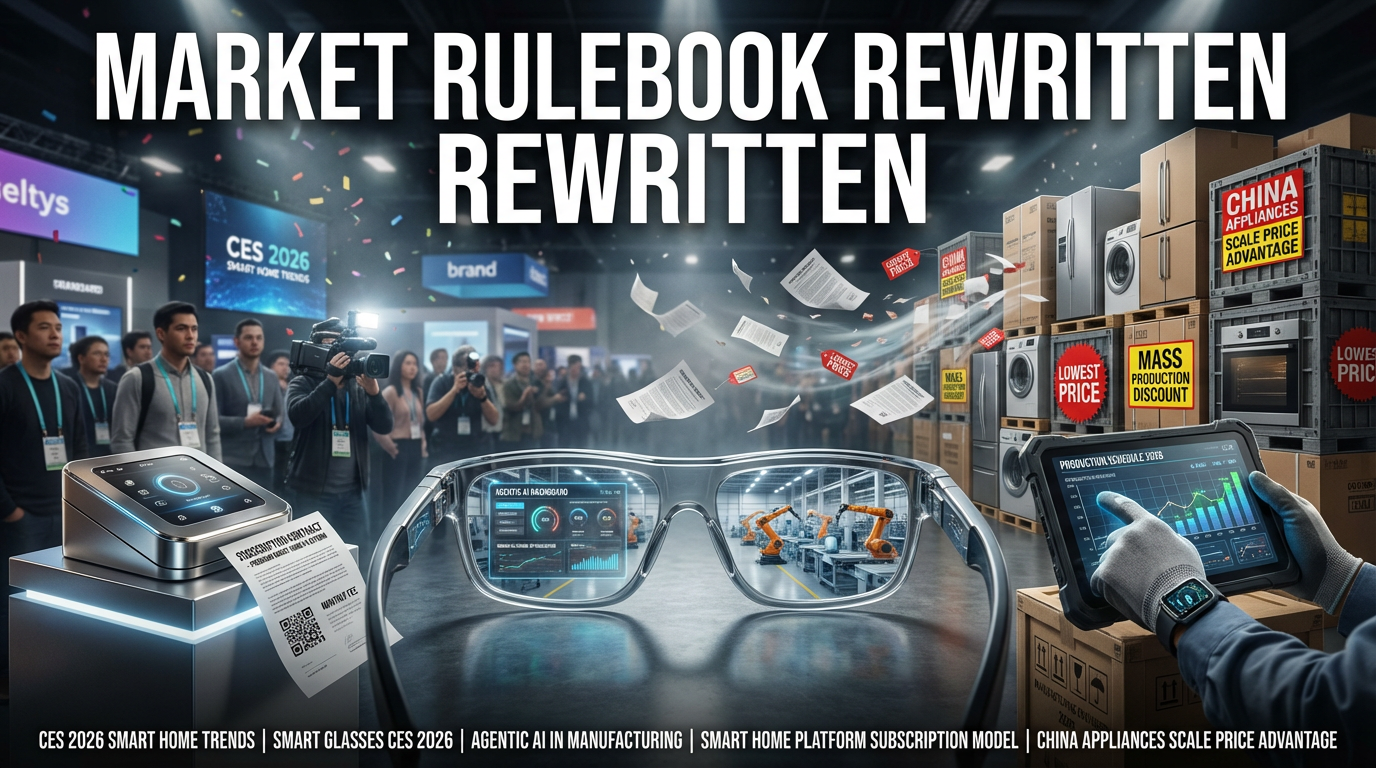● Memory King Roars Back – Samsung Dominates AI Chips, Record Exports
Samsung Electronics’ Reversal: Leading the Return of the Memory King in the AI Semiconductor Market
June Semiconductor Export Performance – Record High
Samsung Electronics recorded its highest-ever semiconductor export performance in June.
Recovering from a sluggish Q2, it injected strong export vitality both domestically and internationally.
This achievement overturned existing concerns regarding HBM, proving Samsung Electronics’ outstanding technological prowess and strategic execution.
End of HBM Quality Controversy and Reaffirmation of Technological Prowess
The High Bandwidth Memory (HBM) quality controversy that hit the market has come to an end with this export boom.
With the introduction of cutting-edge HBM3E and 12-layer HBM products, its market share in the premium semiconductor market is rapidly recovering.
Through this, Samsung Electronics has reconfirmed its global competitiveness in ‘semiconductors,’ ‘HBM,’ and ‘technological prowess.’
Expanded Global Demand Driven by AI Boom
Global big tech companies’ demand for ultra-high-value-added memory and the latest AI-specific DRAM solutions has surged.
Market expansion through cooperation with key partners such as NVIDIA’s latest AI chip ‘Blackwell Ultra’ and AMD is prominent.
Alongside this, the Artificial Intelligence (AI) boom is playing a significant role in Samsung Electronics’ export performance and recovery of premium memory market share.
Aggressive Production Strategy and Second-Half Market Outlook
Jun Young-hyun, President of Samsung Electronics’ DS Division, stated, “We will further solidify our leadership in the AI semiconductor market.”
Through aggressive production strategies going forward, it actively responds to market demand and anticipates a performance turnaround in the second half.
This strategy is expected to act as a positive signal for the global economy as a whole, along with strengthening the stock price rebound momentum.
[Related Articles…]
Samsung’s Global Strategy Driven by Export Boom
HBM Innovation and the AI Era: The Future of Memory
*Source:

● Samsung’s HBM4 War Reorg Blitz to Crush Rivals
Samsung Electronics, Strengthening Memory Business and Preparing for HBM4 Mass Production – From Organizational Restructuring to Overcoming Market Crisis
1. Organizational Restructuring and Appointment of Memory Business Unit Head
Samsung Electronics has embarked on an overhaul of its memory business unit’s personnel and organizational structure to regain its leading position in the global semiconductor market. Internally, the company is considering appointing new management to replace the head of the Memory Business Unit, a position currently concurrently held by Jeon Young-hyun, head of the DS Division. This move is interpreted as an effort to enhance focus, following the transition of the Memory Business Unit to a direct reporting structure under the CEO late last year.
2. Packaging Organization Reorganization and HBM4 Competitiveness Enhancement
Samsung Electronics is reallocating personnel within its packaging organization to enhance the completeness of semiconductor packages, a critical component. The company plans to transfer personnel from the S.PKG (formerly Advanced Packaging – AVP) organization under the Semiconductor Research Institute to the TSP (Test & System Package) general management and front-line business units. This measure focuses on maximizing the organic linkage and synergy effects across all processes to secure competitiveness in High Bandwidth Memory (HBM) products.
3. HBM4 Mass Production and Market Competition Landscape
Samsung Electronics has completed the Product Readiness Approval (PRA) for its 6th-generation (1c) DRAM, accelerating HBM4 mass production in the second half of the year. HBM4 is expected to play a game-changer role in the next-generation HBM market, and Samsung Electronics is pursuing a strategy to stay ahead of competitors by securing excellent DRAM yield and packaging completeness. Meanwhile, Micron in the U.S. and SK Hynix are also accelerating HBM4 development and mass production, engaging in fierce competition for market leadership, which is spreading a sense of crisis throughout the industry.
4. Global Semiconductor Market Position and Short-Term Performance Securing Strategy
According to global market research firm Counterpoint Research, SK Hynix slightly surpassed Samsung Electronics in DRAM market share in the first quarter of this year, recording a 36% revenue share. As a result, Samsung Electronics is sharing an internal and external sense of urgency that it cannot fall behind in market competition, and is implementing a strategic response aimed at simultaneously achieving short-term results and strengthening long-term competitiveness. By implementing practical organizational restructuring and personnel measures, the company is focusing on strengthening customer responsiveness and maximizing mass production timing and product completeness to regain its number one position.
Summary
Samsung Electronics is pushing for HBM4 mass production and product competitiveness enhancement through personnel reorganization of its Memory Business Unit and restructuring of its packaging organization, aimed at strengthening its memory business competitiveness. The core of its strategy is to secure short-term results and market responsiveness through internal organizational reallocation and the appointment of a new head of the Memory Business Unit, while undertaking strategic improvements in response to the moves of global competitors Micron and SK Hynix.
[Related Articles…] HBM4 Market Leadership Strategy | Samsung Electronics Memory Innovation Trends
*Source:



